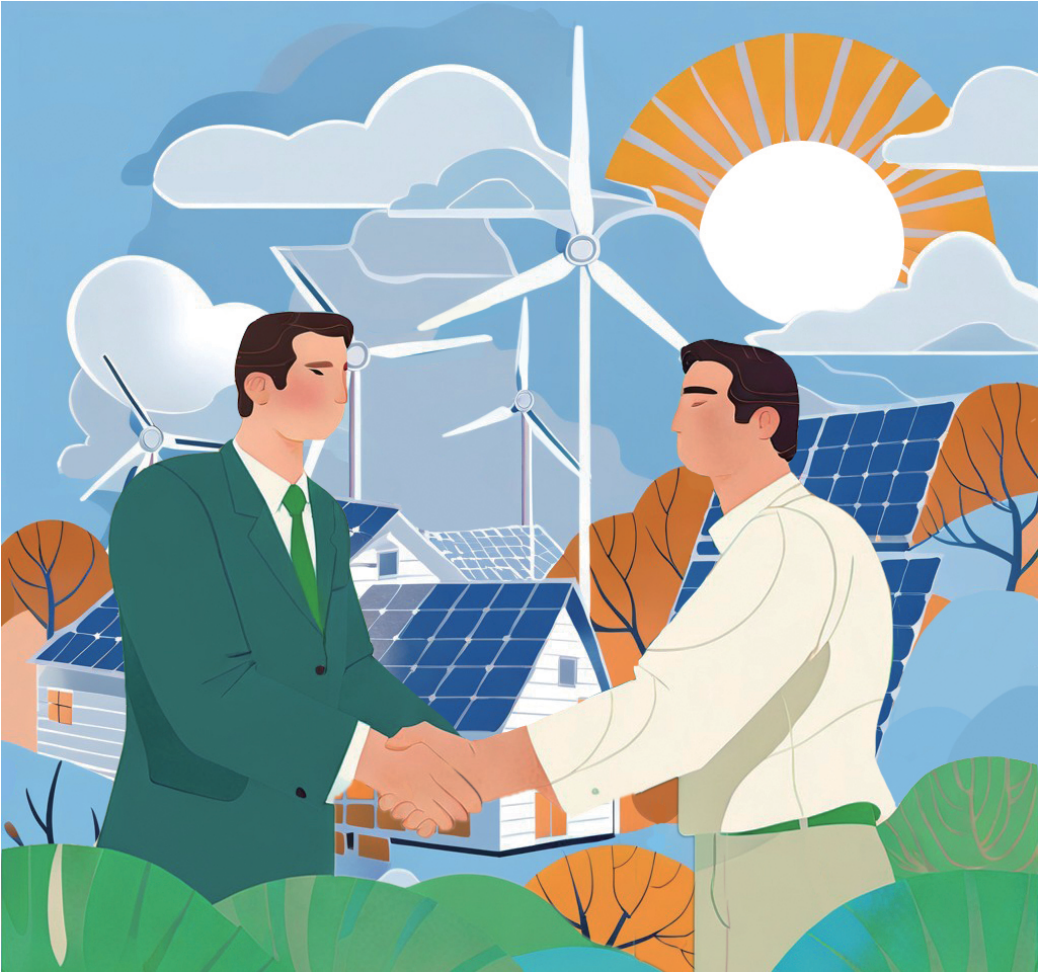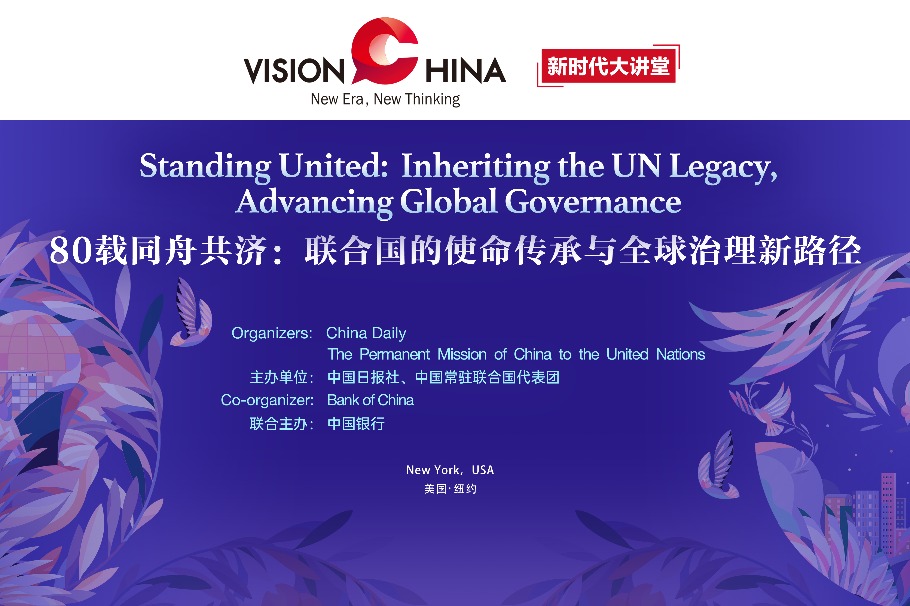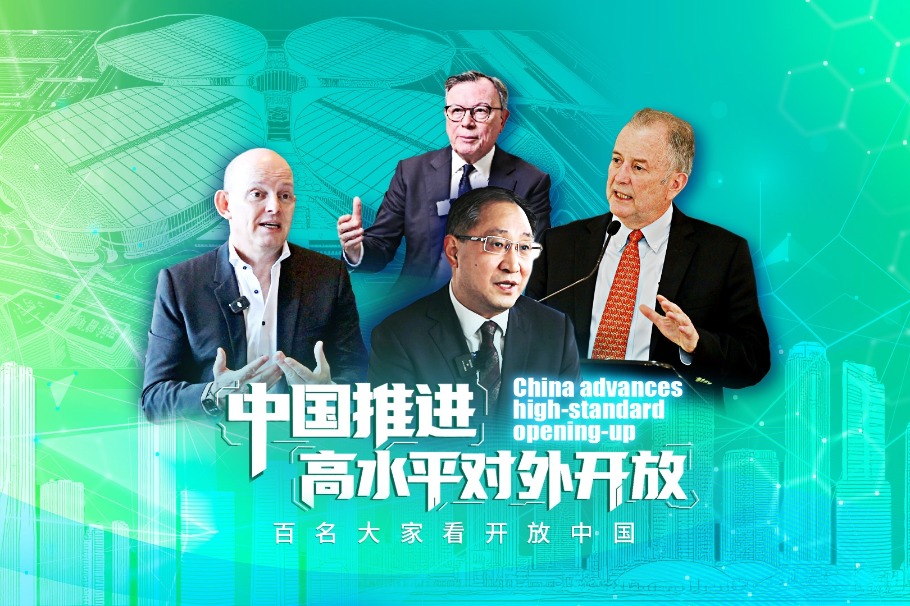Earth shattering
As COP29 epitomized the fragmentation of contemporary climate governance, COP30 must reset it with a coherent regime


Global climate governance has entered a period of profound transformation. Following the signing of the Paris Agreement in April 2016, many had hoped that the international community would agree on a coherent set of rules and institutions capable of addressing climate change at the necessary speed and scale. Yet the reality today, starkly revealed by the 2024 United Nations Climate Change Conference in Baku (COP29), is one of accelerating fragmentation. Instead of consolidating collective action, the global system has splintered into overlapping institutions, inconsistent norms and competing coalitions.
Fragmentation in climate governance represents a fundamental disjuncture between the political, economic, legal and scientific subsystems that must interact to address climate change. Climate governance fragmentation arises when climate institutions interact, with the resulting gaps manifested as overlapping climate regimes, conflicting rules, and a growing disconnect between societal demands and institutional responses.
COP29 vividly demonstrated these dynamics. Although expected to be a breakthrough event for climate finance and carbon markets, COP29 exposed the depth of the current divisions. On finance, developing countries — including China, India, the Arab Group and the Small Island Developing States — called for a new collective quantified goal of at least $1.3 trillion annually, with half provided as grants rather than loans to avoid exacerbating debt crises. They argued that such resources are essential for low-carbon transitions across the Global South. Developed countries, led by the United States and parts of the European Union, rejected this scale of ambition. The final outcome was far more modest: by 2035, developed countries would "mobilize" $300 billion annually, mostly from private investments rather than direct public contributions. This gap between needs and commitments reflects both the US policy reversal under the second Donald Trump administration and a broader unwillingness among wealthy nations to accept their historical responsibilities. For vulnerable countries, it signals a persistent structural inequity in the global system.
Disputes were equally stark on fossil fuel phase-out. Arab oil-exporting countries strongly opposed any binding language on "phasing out" or even "phasing down" fossil fuels. To avoid open conflict, the final COP29 text omitted explicit references altogether, merely alluding indirectly to past agreements. This outcome underscores how divergent energy security priorities and economic dependencies block the emergence of a shared transition pathway.
Similarly, carbon market negotiations revealed persistent fragmentation. Although COP29 finalized long-delayed implementation rules for Article 6 of the Paris Agreement, this technical achievement was overshadowed by the reality that 36 different emissions trading systems currently operate worldwide, with 22 more in development. There is no mechanism to link these systems or standardize carbon credits. The EU's Carbon Border Adjustment Mechanism further complicates the picture, introducing unilateral border measures that many developing countries — including China, India and South Africa — view as disguised protectionism incompatible with World Trade Organization principles.
Meanwhile, non-state actors — corporations, cities and non-governmental organizations — continue to expand their role through voluntary initiatives. While valuable, these efforts are often uncoordinated, resulting in a chaotic landscape of overlapping pledges and fragmented accountability.
COP29 thus epitomized the structural failures of contemporary climate governance. Feedback mechanisms are weak: the voices and needs of the most vulnerable are often excluded from decision-making, and financial flows reflect donor priorities rather than recipient realities.
The challenges are daunting, but fragmentation also creates opportunities. By recognizing the autonomy of different systems and actors, it is possible to design coupling mechanisms that enable coordination without imposing uniformity. Several pathways forward emerge. First, feedback mechanisms must be strengthened to integrate Global South priorities into global decision-making. This includes institutionalizing representation for vulnerable states in finance allocation processes and establishing metrics to assess equitable distribution. Second, the language of climate agreements must be clarified. Common terminology would reduce the scope for divergent interpretations. Third, cross-system coordination platforms are needed to align data systems, reporting standards and financial flows across fragmented regimes. Neutral spaces for dispute resolution could prevent carbon trade conflicts from escalating into broader geopolitical tensions. Finally, empowering South-South cooperation is crucial. Developing countries should not merely implement rules set elsewhere but actively shape norms and institutions.
In this context, China can play an important role. As both the world's largest developing country and a leading provider of clean energy technologies, China has the capacity to act as a bridge between diverse systems. It has consistently defended the principle of "common but differentiated responsibilities", resisting narratives that seek to reallocate historical obligations onto emerging economies. In response to attempts to shift the financial burden onto rising powers, China and its partners have proposed a fairness index for climate finance to evaluate contributions based on equity and capability rather than simplistic metrics of GDP or emissions.
China itself has dramatically scaled up its South-South cooperation. It has funded renewable energy projects, low-carbon infrastructure, agricultural resilience programs and capacity-building initiatives. Initiatives such as the Belt and Road Green Development Partnership and the Africa Solar Belt program exemplify how China is leveraging its industrial and technological strengths to empower vulnerable states. These efforts are not merely about aid; they are about constructing alternative governance pathways and demonstrating new models of cooperation. Through regional mechanisms with the African Union, the Association of Southeast Asian Nations and BRICS, China is also promoting mutual recognition of green finance standards and carbon credits, challenging Northern-dominated evaluation systems that impose barriers on Global South projects.
But without successful collective actions between Global South and developed countries, we remain on track for a temperature rise of 2.7 C or more according to the projections of the Intergovernmental Panel on Climate Change. That will have catastrophic consequences for ecosystems, economies and societies.
COP30 in Belém, Brazil, will therefore be critical for testing new ideas such as the Brazil Climate and Ecological Transformation Investment Platform, the Tropical Forest Forever Facility and global climate risk insurance schemes. Whether these innovations succeed will depend on overcoming entrenched divisions and building structural coupling between fragmented systems. China's leadership in South-South cooperation will be critical to this effort. By amplifying vulnerable voices, providing tangible resources and demonstrating alternative models, China can help transform fragmentation from a source of paralysis into a foundation for resilience and diversity.
The future of global climate governance will not be determined by a single summit or agreement. It will emerge from countless interactions among states, markets and societies. While fragmentation is now a defining feature of the climate response, it need not mean failure if we act now. Through pragmatic convergence, inclusive multilateralism and shared responsibility, a more equitable and coherent climate regime is still possible. China, working with partners across the Global South and engaging with developed actors such as the EU, can help steer this transition. In doing so, it will not only address the defining challenge of our time but also shape the contours of international cooperation for decades to come.
Yu Hongyuan is a professor at the School of Political Science & International Relations at Tongji University. Zhang Yasen is a research assistant at the Shanghai Institutes for International Studies. The authors contributed this article to China Watch, a think tank powered by China Daily.
The views do not necessarily reflect those of China Daily.
Contact the editor at editor@chinawatch.cn.
































